My project will address the many problems that our school's athletic facilities face. Such problems include dirty and old locker rooms for both boys and girls, the lack of a restroom outside by the track field and soccer fields, and the old bleachers both outside by the football field and inside by the basketball courts. The bleachers are also lacking outside by the soccer and track/football field. Our equipment storage site is old and dusty, and filled with insects and bugs. I feel that it should not be used for holding our equipment that we use every season. Our basketball court's walls are old and outdated. The track field is old, broken, and very beaten. By the jumping pit, you can clearly see that the track was filled with some makeshift material that resembles the track surface. Lastly, the football field is very beaten and uneven due to the constant weathering of the surrounding river.The tennis fields also need to be redone due to the large amounts of cracks. There also needs to be an extra court for when our school's tennis team has a match. To that change, I propose that we replace the football and soccer field with turf. In order to address all of these changes, we must first relocate the school's athletic facilities entirely. The nearby river floods with ease and that often leads to a flooded track and football field. If the water is high enough, it can even reach the soccer fields. I wish to address all of these changes with my newly designed Athletic pavilion for my school.


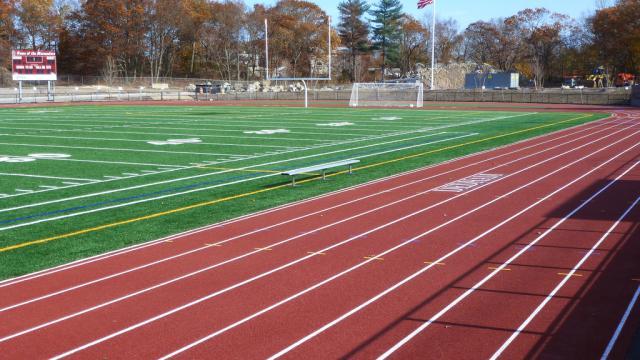




.html)
.html)


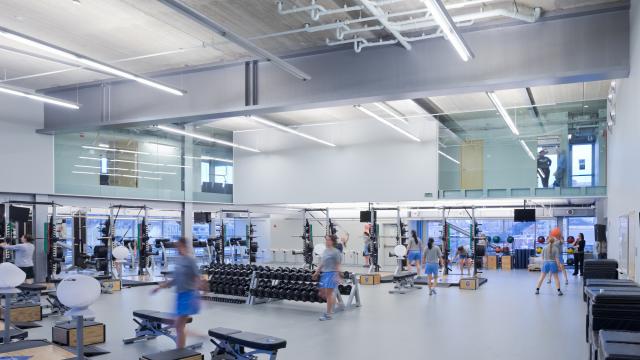
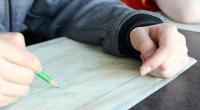
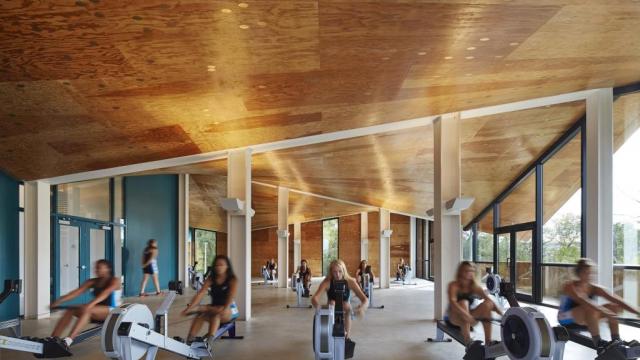





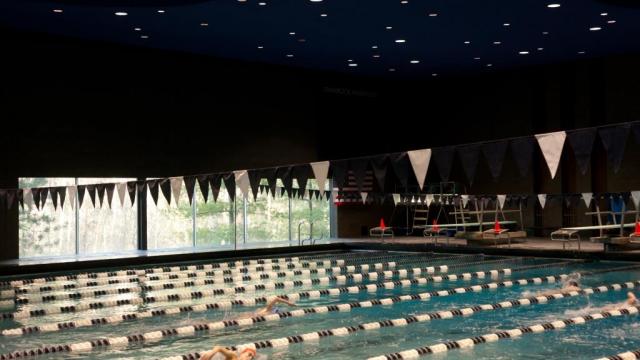

Comments
Good Overview, collect information including pictures to indicate the present situation.
Follow this with a careful braistorm/analysis